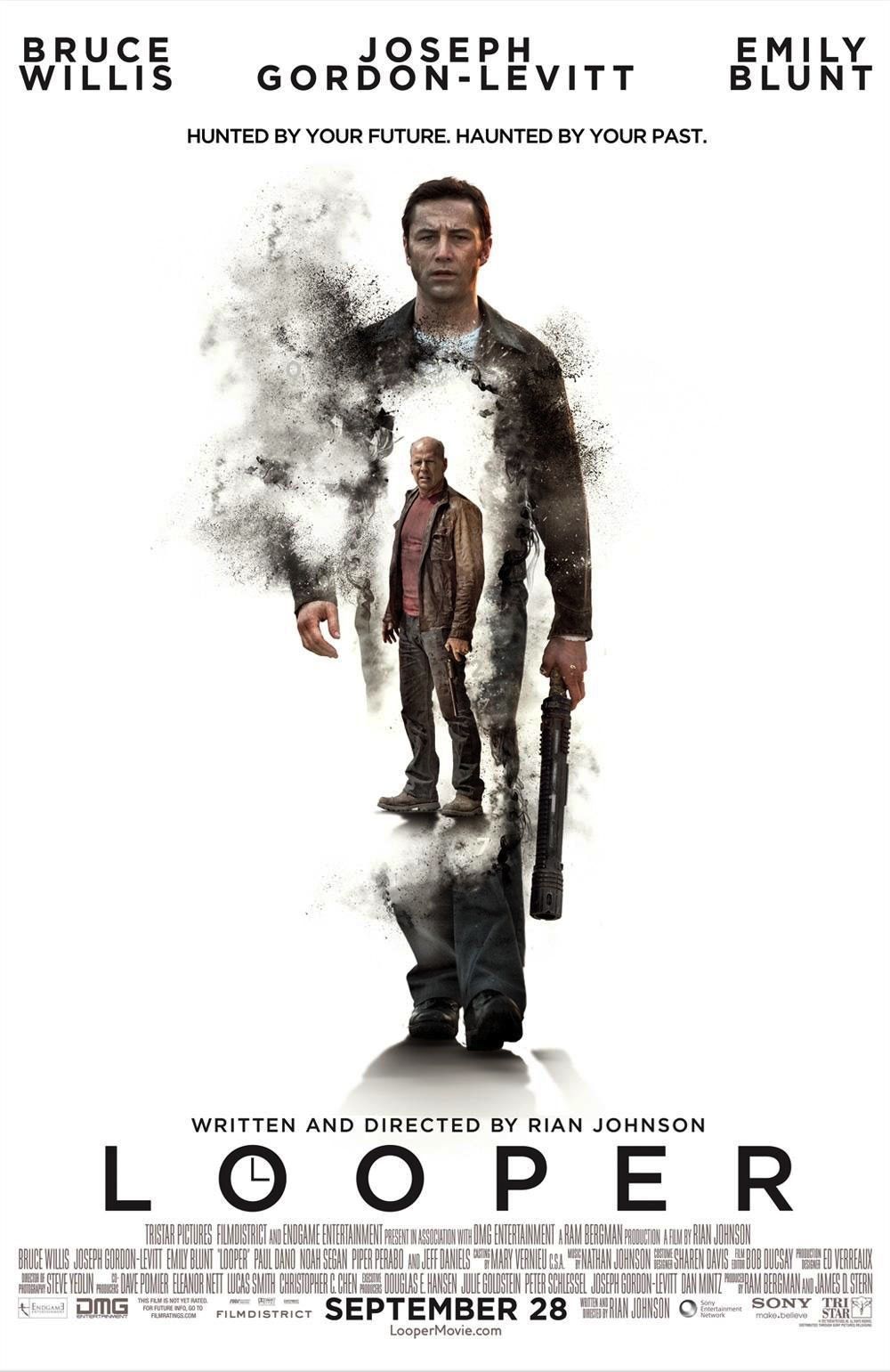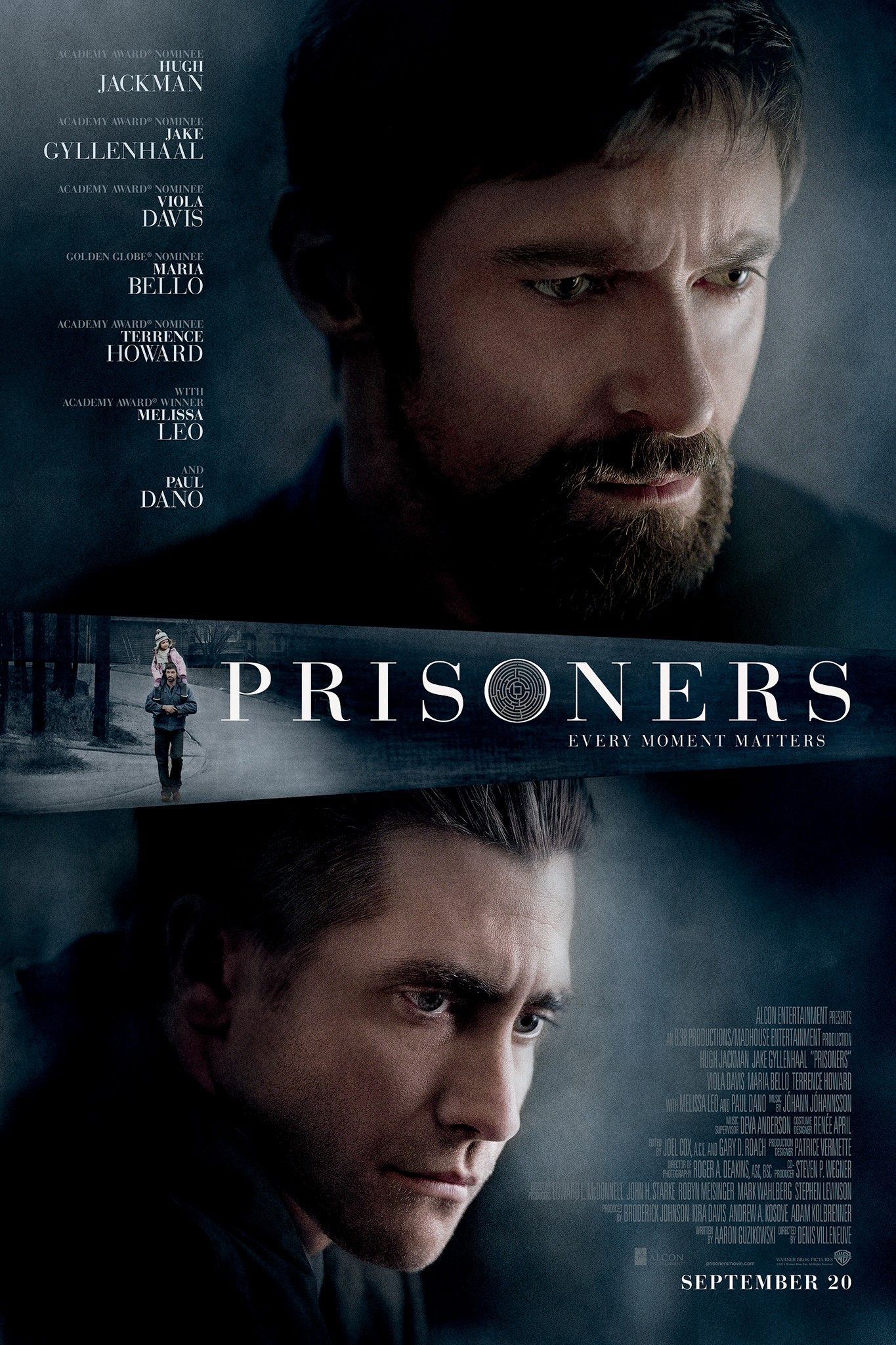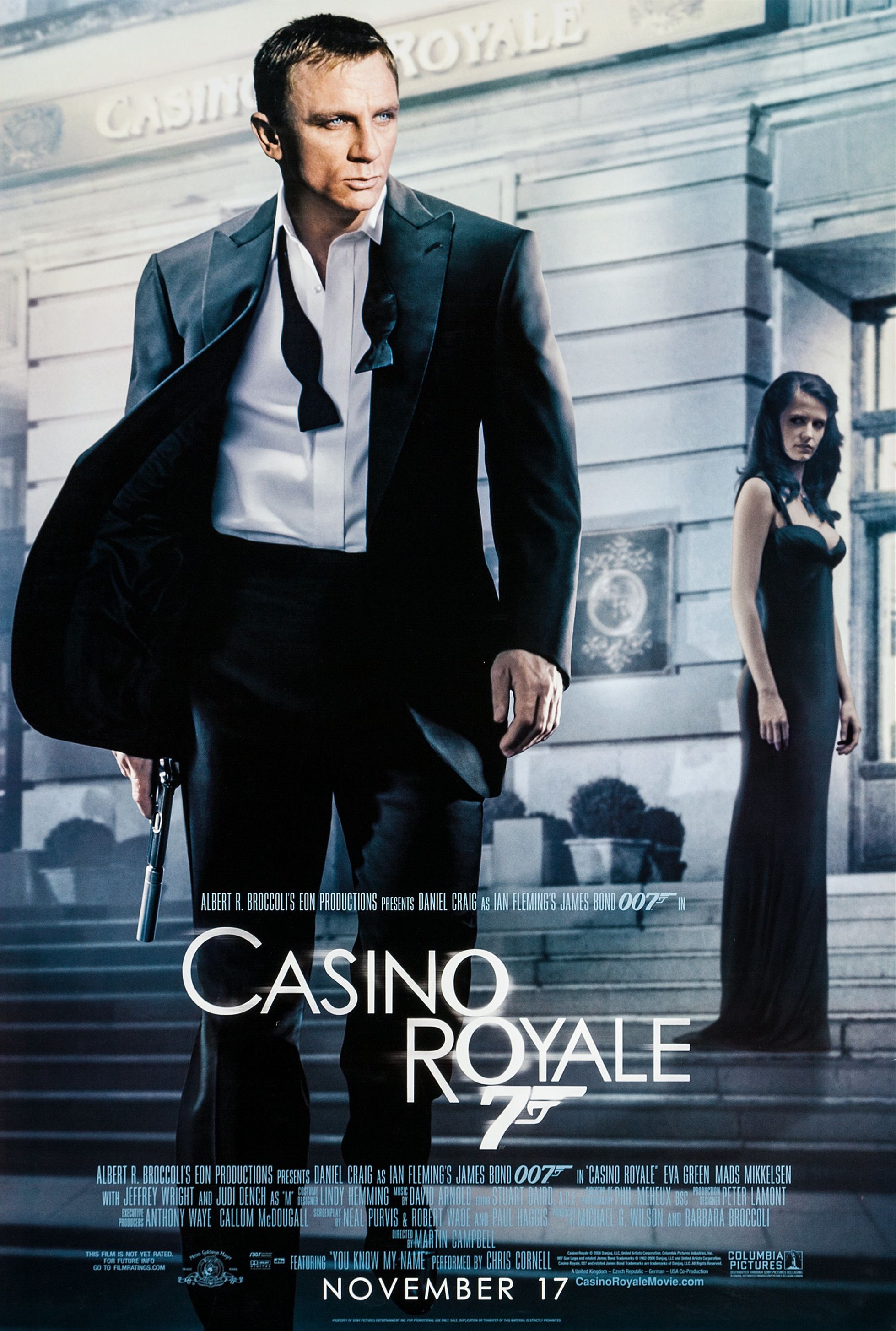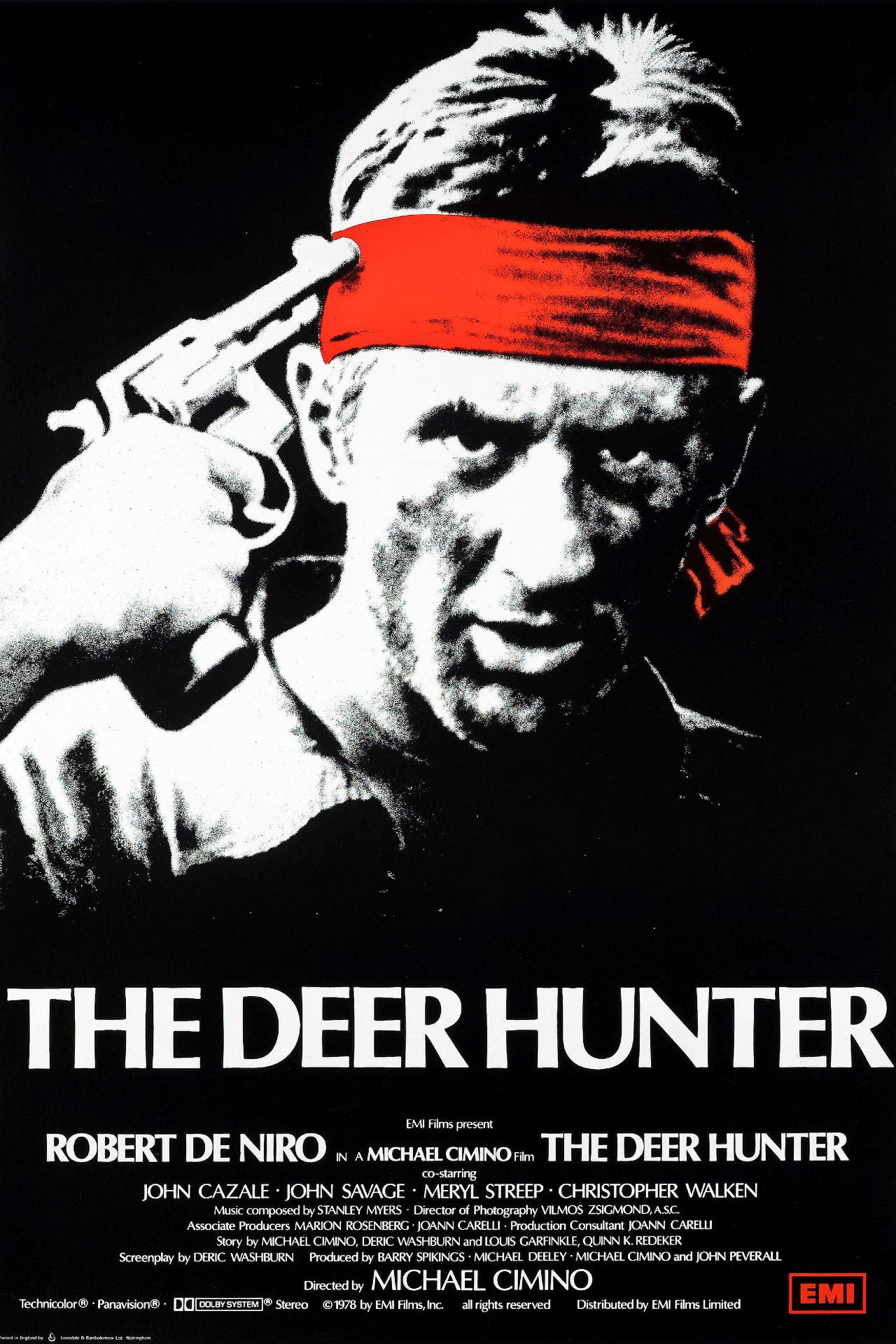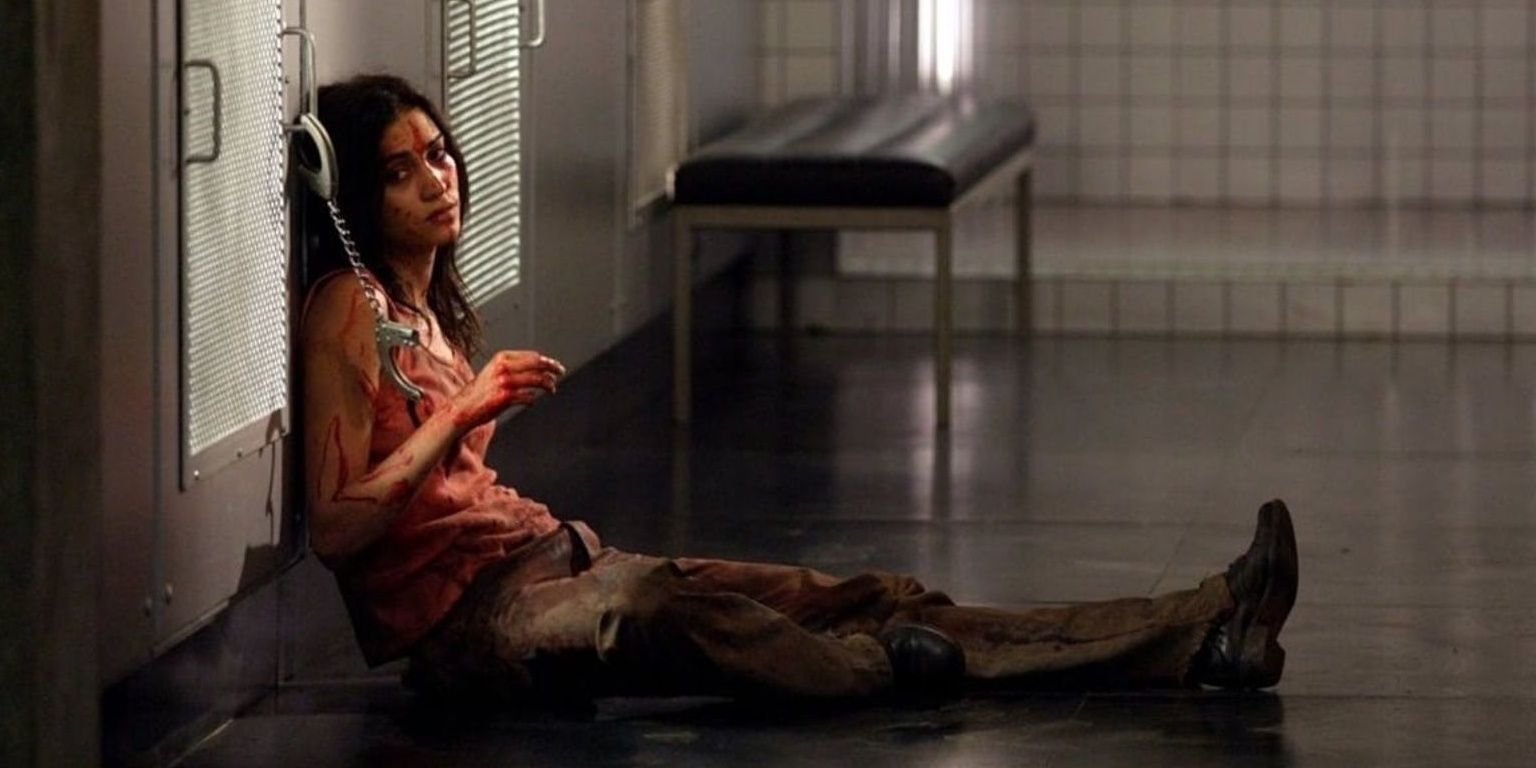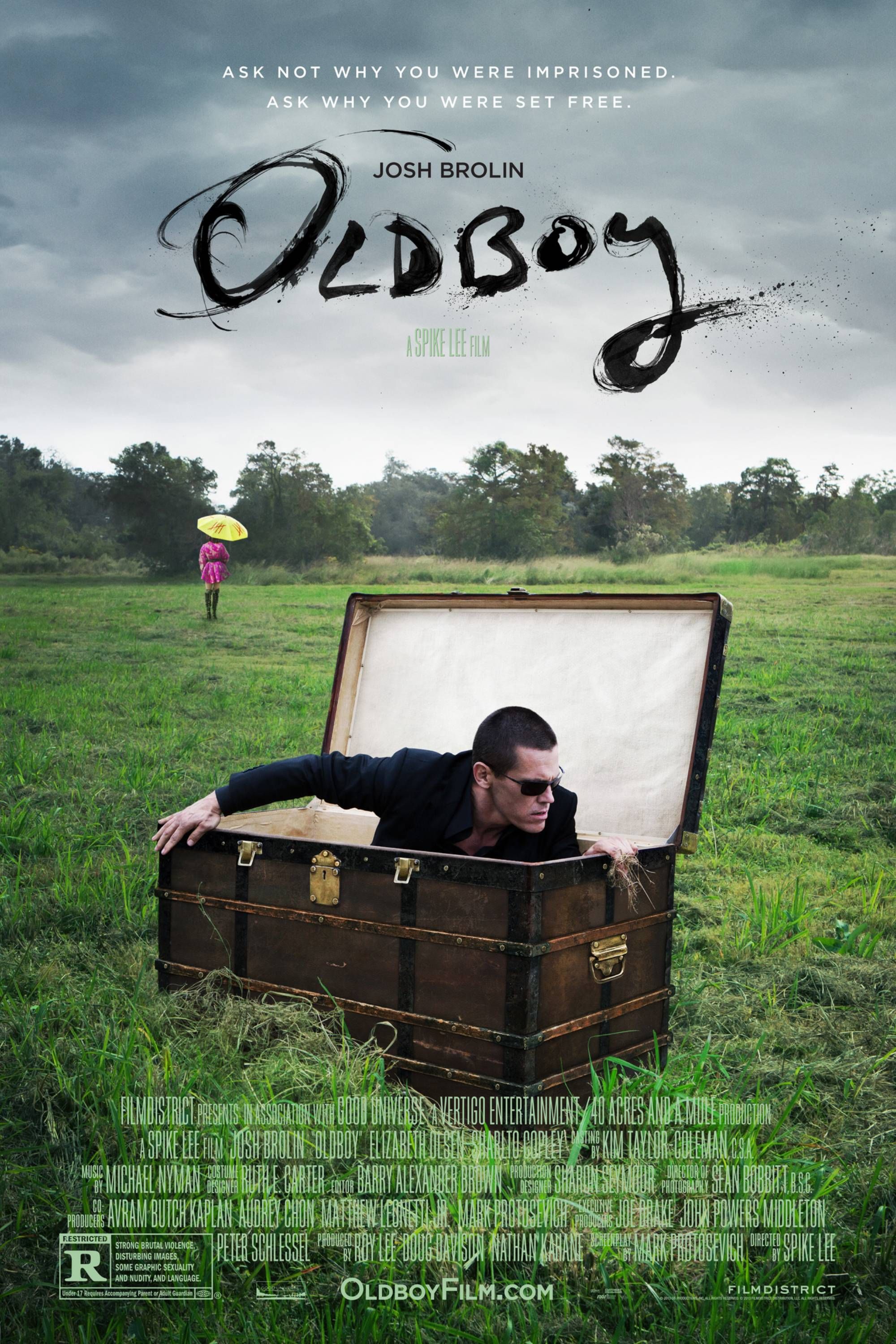Summary
- Torture scenes in movies serve as reflections of societal fears and anxieties, challenging viewers to confront the darker aspects of human nature.
- Memorable torture scenes in films evoke a wide range of emotions, crafted through masterful storytelling and groundbreaking effects.
- The power of film to influence, disturb, and reveal the depths of the human psyche is evident in brutal torture scenes that leave a lasting impact.
Torture scenes in movies have often been a subject of intense scrutiny and debate. These scenes, ranging from the psychologically harrowing to the physically grotesque, serve not only as a testament to the darker aspects of human nature but also as a reflection of societal fears and anxieties. Films that delve into the brutal reality of torture often tread a fine line between artistic expression and the ethical considerations of depicting such violence. There are even popular franchises based around torture, like the Saw movies.
Yet, it is undeniable that the most brutal torture scenes in movies have also been among the most memorable, etching themselves indelibly into the fabric of pop culture. These moments, crafted through a combination of masterful cinematography, compelling storytelling, and often, groundbreaking special effects, manage to evoke a wide range of emotions from the audience. Whether it’s the raw intensity of the performance, the ingenious use of suspense and horror, or the ethical questions raised, these scenes stand as stark reminders of the power of film to influence, disturb, and ultimately, to reveal the depths of the human psyche.
Related
30 Best Horror Movies Set In The Woods
Horror movies set in the woods have existed as long as the genre itself, but only the best know how to make forests truly terrifying.
20 Looper (2012)
Time Travel Is Used To Dismantle A Man In Real-Time
Rian Johnson’s excellent time-travel movieLooper takes a lot of inventive approaches to the genre, including in a horrific torture scene. In the movie, hitmen work for a crime syndicate, taking out targets who have been sent back in time from the future. One of the hitmen, Seth (Paul Dano), discovers the complication of seeing that his older self is sent back in time as his next target.
Unable to go through with the mission, Older Seth escapes and goes on the run but he doesn’t get far once the syndicate gets a hold of Young Seth. It begins with Older Seth noticing a scar on his arm that gives him an address. The older man then starts to see various body parts suddenly disappearing.
The implication is terrifying as it becomes clear the syndicate is dismembering Younger Seth with Older Seth seeing the results of the torture in real time. The fact that the audience never sees the torture itself only makes the scene more chilling, making it a rare memorable torture scene without any gore or anything like that.
19 Prisoners (2013)
A Man Is Interrogated Using A Hot And Cold Shower
Paul Dano is the victim of brutal torture in another movie in Denis Villeneuve’s Prisoners. The thriller stars Hugh Jackman as Keller, whose daughter goes missing and Alex (Dano), the man who is arrested for allegedly kidnapping her, is let go for lack of evidence.
As the police continue their investigation, Keller decides to take matters into his own hands. He takes Alex and proceeds to interrogate him using any means necessary in order to find out where his daughter is.
Keller’s interrogation begins with him mercilessly beating Alex only for him to take things further when those tactics don’t yield results. Using an abandoned building with working water, Keller constructs a prison cell in which Alex cannot see the light of day and feeds in a hose that sprays Alex with either freezing cold or scalding hot water. Once again, it is a torture scene that spares the audience actually seeing what is happening to Alex, but the screams of anguish are effective enough.
18 Casino Royale (2006)
Le Chiffre Questions 007 In A Simple Yet Effective Way
Casino Royale introduced the new era of Daniel Craig’s James Bond movies which were more grounded, gritty, and violent than what the franchise had previously been known for. The torture scene that comes near the climax of the movie is a perfect example of this new style.
Bond finds himself taken by the villainous Le Chiffre (Mads Mikkelsen), who begins questioning Bond about his money. In order to do that, Le Chiffre has Bond stripped naked, sits him in a bottomless chair, and proceeds to beat his genitals with a knotted rope.
Looking at the franchise’s other torture scenes, like Bond being strapped to a table with a laser pointed at him, this is a much more relatable threat of pain. Le Chiffre even begins the torture by pointing out that effective methods don’t need to be elaborate, but simply need to inflict more pain than the person can bear.
17 The Deer Hunter (1978)
Vietnam Soldiers Are Forced Into A Game Of Russian Roulette
The Deer Hunter is a brutal war movie about the horrors a group of friends from the same small town face after going off to fight in Vietnam. While the movie’s main focus is on the events before and after the war, the middle section is a harrowing display of the trauma these men went through on the battlefield, and most obviously, during their time as prisoners of war. One of the ways in which their captors tormented Mike (Robert De Niro) and Nick (Christopher Walken) was by forcing them to play a game of Russian roulette.
While the soldiers were also beaten and thrown in submerged cages, the sequences of this twisted game were the most harrowing. It is a brutal act of psychological torture with Walken’s performance especially selling the unbearable terror of being forced to pull the trigger, not knowing if it will mean his death.
16 Ichi The Killer (2001)
A Yakuza Member Is Suspended From Meat Hooks That Run The Length Of His Back

Ichi the Killer
- Director
- Takashi Miike
- Release Date
- December 22, 2001
- Cast
- Tadanobu Asano , Nao Omori , Shin’ya Tsukamoto , Paulyn Sun , Susumu Terajima , Shun Sugata , Tôru Tezuka , Yoshiki Arizono
- Runtime
- 129 Minutes
The classic yakuza movie Ichi the Killer by director Takashi Miike is based on Hideo Yamamoto’s subversive manga of the same name. After his gang’s boss goes missing, a sadomasochistic enforcer named Kakihara (Tadanobu Asano) devises inventive torture to interrogate his enemies. In an unforgettable scene, one yakuza member wakes from unconsciousness to find himself hanging from meat hooks that run the length of his back and limbs.
Kikihara impales the man’s mouth with a steel tempura skewer while interrogating him before he takes a pot of boiling oil off the stove and pours it onto the man. It showcases Miike’s ability to push cinematic boundaries, confronting the audience with the rawness of human suffering. Furthermore, it highlights the extremity of Kakihara’s quest for truth and his distorted sense of loyalty and justice. The scene is a microcosm of the film’s larger exploration of the depths of human depravity and the ambiguous line between victim and perpetrator.
15 Lady Vengeance (2005)
Parents Of Murdered Children Torture The Murdered With Axes & Knives
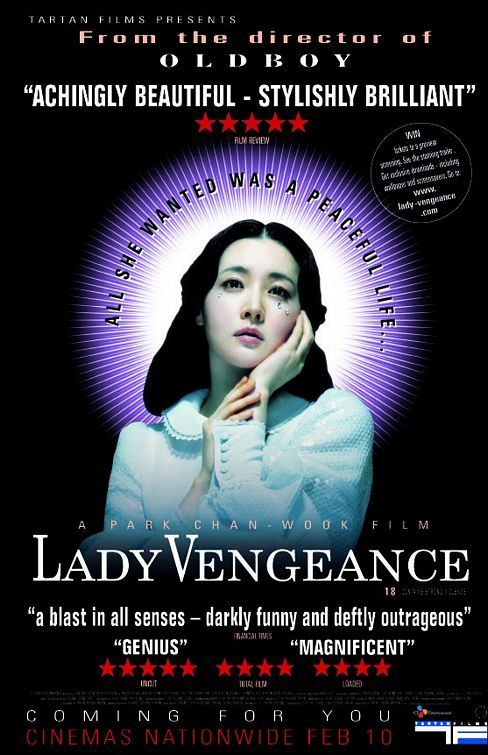
Lady Vengeance
- Director
- Chan-wook Park
- Release Date
- July 29, 2005
- Cast
- Yeong-ae Lee , Min-sik Choi , Tony Barry , Anne Cordiner , Su-hee Go , Hye-jeong Kang
- Runtime
- 110 minutes
Park Chan-wook’s Lady Vengeance brings together a group of grieving parents, each having lost their children to brutal murders, and offers them the opportunity for collective retribution against the killer, portrayed by Choi Min-sik. Before they act, they are subjected to the harrowing ordeal of watching videos of their children’s deaths, a psychological torture that intensifies their thirst for vengeance.
The ensuing scene, where they take turns assaulting the murderer with axes, knives, and other implements, is not just a depiction of physical violence but a complex exploration of pain, loss, and the primal urge for revenge. This sequence is particularly significant for its exploration of the moral ambiguities of justice and vengeance. Park Chan-wook meticulously crafts a scenario that pushes the boundaries of viewer empathy and ethical judgment. By allowing the parents to exact their revenge, the film confronts audiences with the unsettling question of what justice truly means in the face of unspeakable grief.
14 Once Upon A Time In America (1984)
Fat Moe Has His Neck Secured To A Speed Bag
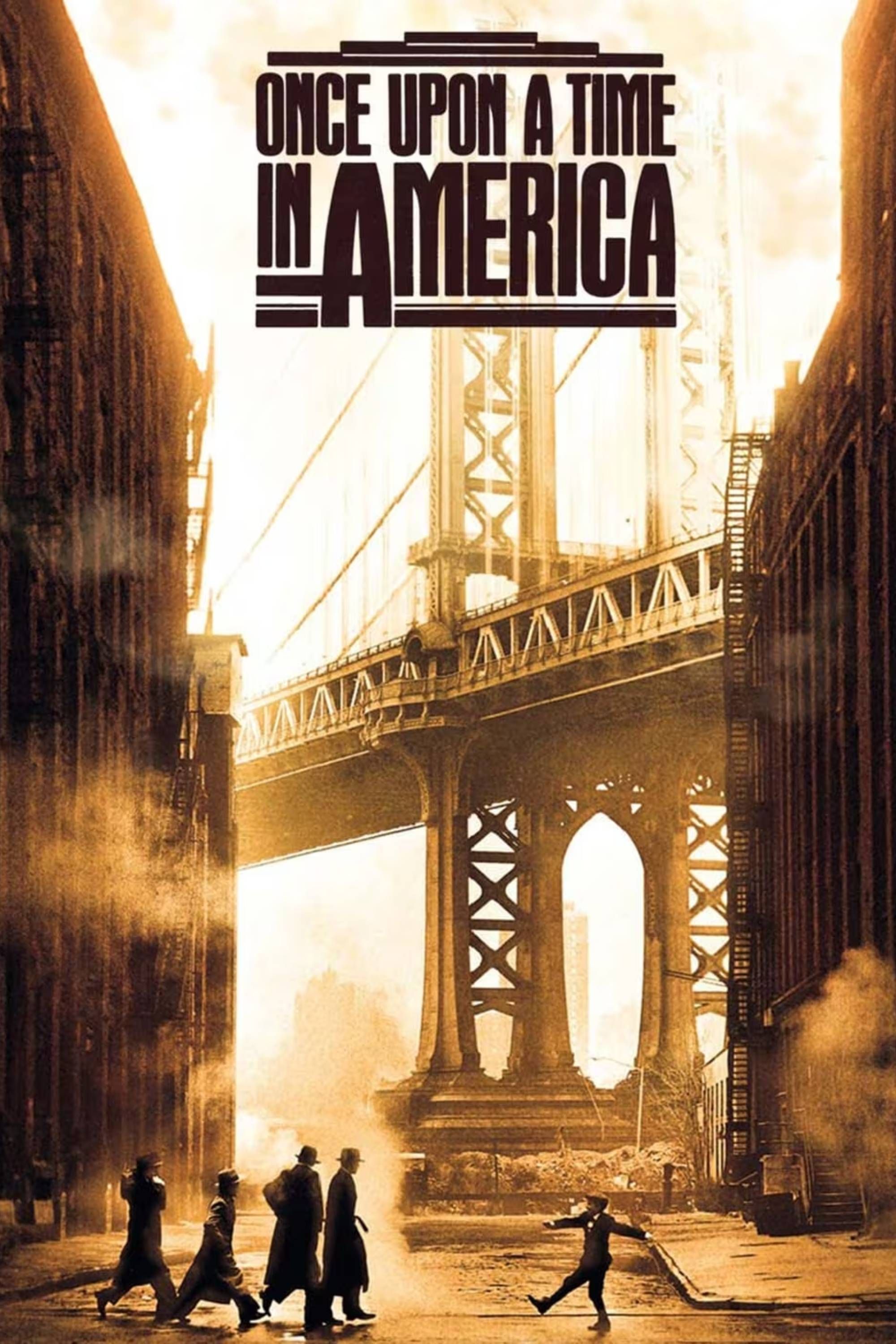
Once Upon a Time in America
Once Upon a Time in America tells the story of a group of Jewish gangsters in New York City over several decades, from their youth in the 1920s to their final days in the 1960s. Robert De Niro and James Woods star in the 1984 crime drama directed by Sergio Leone.
- Director
- Sergio Leone
- Release Date
- June 1, 1984
- Runtime
- 251minutes
The crime drama Once Upon a Time in America is Sergio Leone’s greatest and most underappreciated masterpiece. It follows the decades-long friendship of two Jewish gangsters, Noodles (Robert De Niro) and Max (James Woods). After studio interference crippled the film’s pacing in the initial release, Leone’s original vision was restored in a cut of the film released in 2012. One of the most harrowing scenes occurs early in the movie. A character named Fat Moe (Larry Rapp) is bound with hands behind his back and a choke rope securing his neck to a speed bag.
During an interrogation, he is punched repeatedly, the ropes strangling him, both eyes blackened, and his entire face swollen.
During an interrogation, he is punched repeatedly, the ropes strangling him, both eyes blackened, and his entire face swollen. Leone employs this scene to delve into the themes of loyalty, trust, and the corrupting influence of power, as Fat Moe, bound and beaten, becomes a symbol of the personal costs and sacrifices inherent in the gangster lifestyle.
13 The Passion Of The Christ (2004)
The Roman Execution Lingers On Every Detail
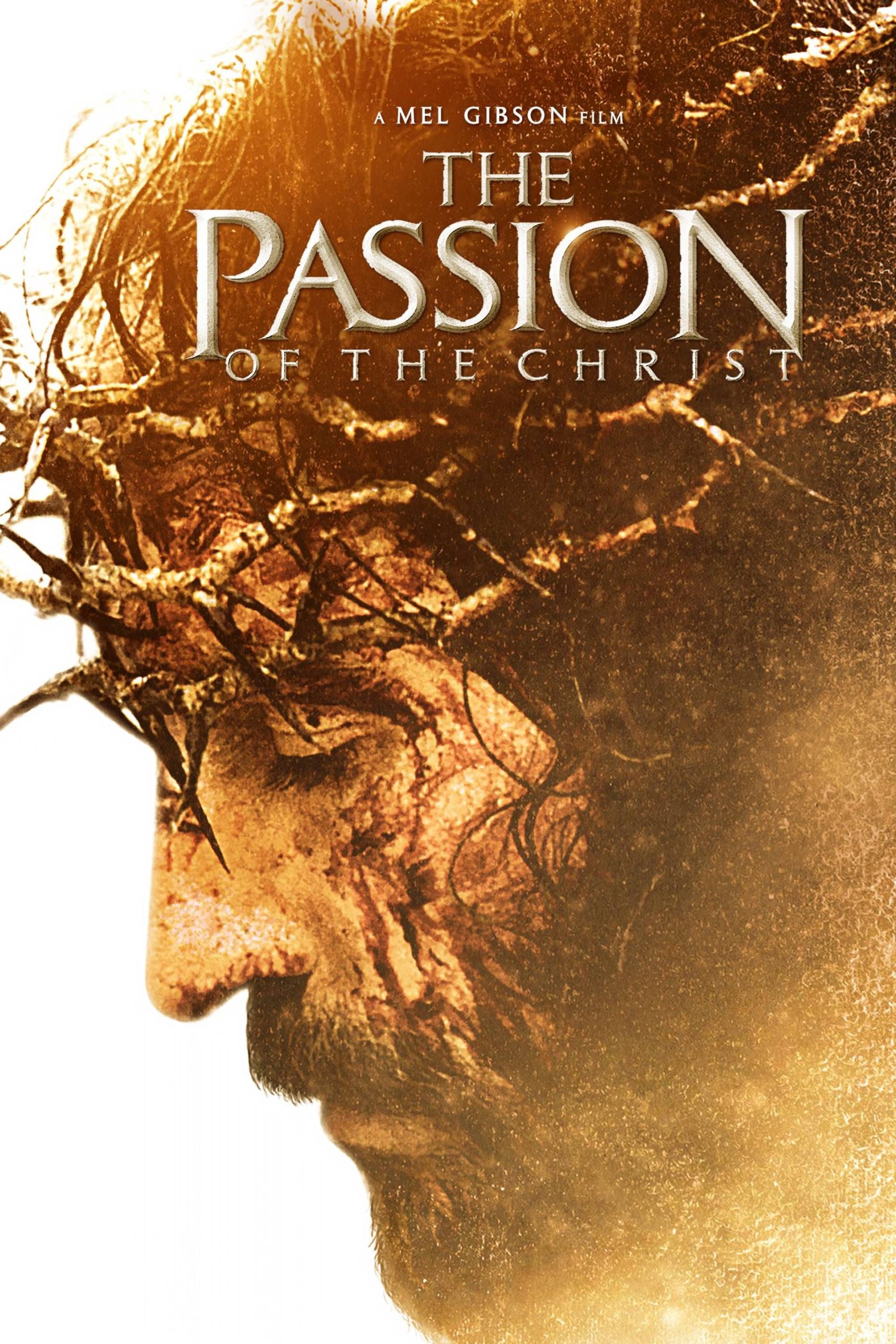
The Passion of the Christ
Directed by Mel Gibson, The Passion of the Christ is a biblical drama that follows Jesus Christ in his final 12 hours before and during the crucifixion. Starring Jim Caviezel as Jesus of Nazareth, the 2004 film was highly controversial for its graphic violence, but it was a box office success.
- Director
- Mel Gibson
- Release Date
- March 15, 2004
- Cast
- Jim Caviezel , Monica Bellucci , Maia Morgenstern
- Runtime
- 127minutes
Actor-Director Mel Gibson’s career is filled with controversies, but his historical movie about the execution of Jesus of Nazareth (Jim Caviezel) may be his most disturbing work. The movie was praised for having dialogue in reconstructed Aramaic, but criticized for prevalent antisemitism and prioritizing the death of Jesus over his life’s messages. The scourging and crucifixion show the barbarity of what were standard Roman punishments.
The crucifixion lingers on every detail, including the exacerbation of Jesus’s suffering under the force of gravity, is both a technical and emotional feat, aiming to evoke a profound response from the audience. This approach, while controversial, challenges viewers to confront the physicality of Jesus’s passion and death in a manner seldom explored with such intensity in cinematic history. Through The Passion of the Christ, Gibson provokes a complex dialogue about faith, history, and the ethics of representation, making the film a landmark in the portrayal of religious narratives on screen.
Mel Gibson has planned a sequel to
Passion of the Christ.
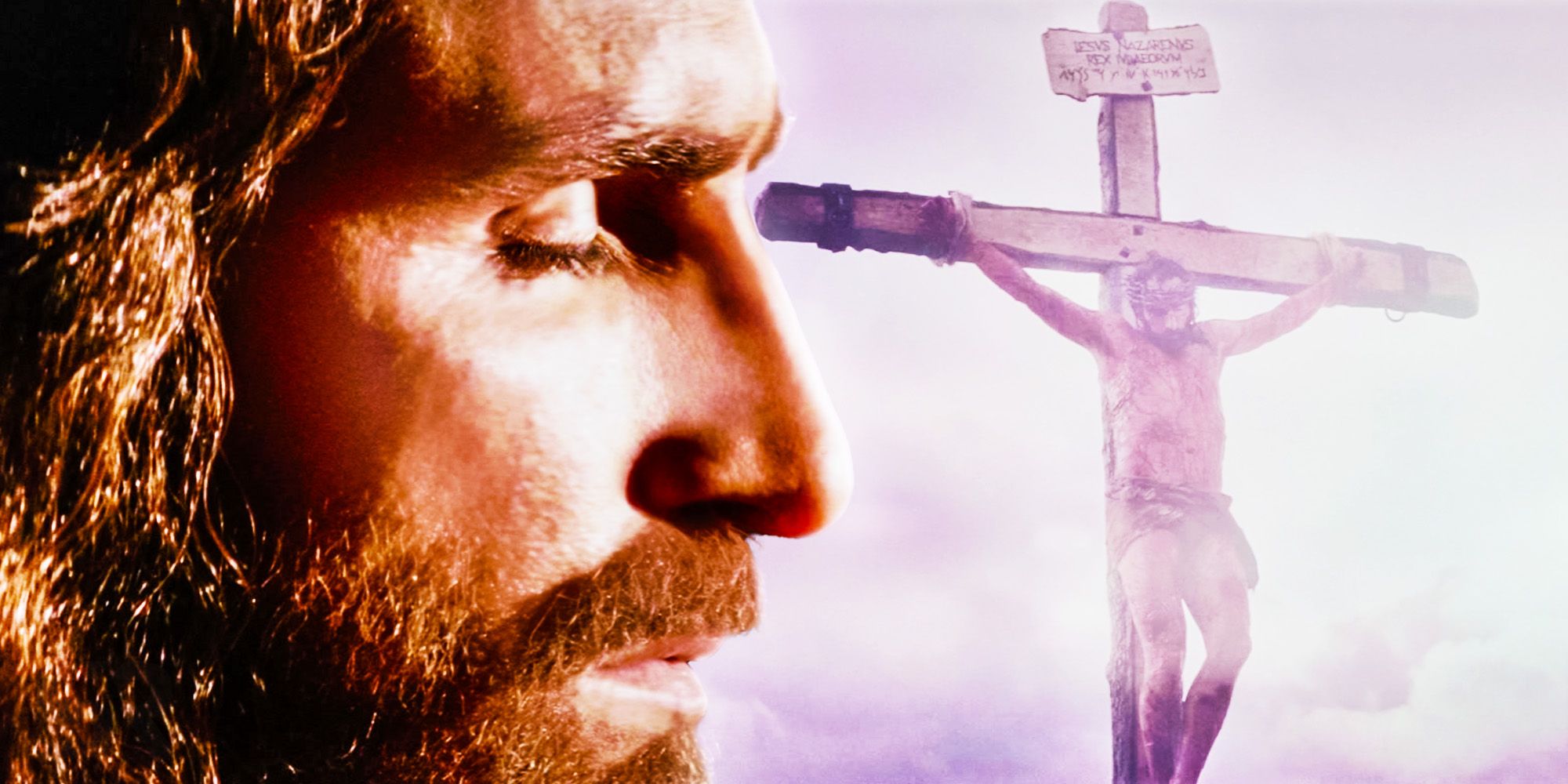
Related
The Passion Of The Christ 2: Cast, Story & Everything We Know
Mel Gibson’s The Passion of the Christ 2 is finally becoming a reality. Here’s everything we know about the film, its surprising plot, and its stars.
12 Martyrs (2008)
Anna Is Skinned Alive
Pascal Laugier’s 2008 film Martyrs is a twisted and harrowing revenge story. A woman named Lucie Jurin (Mylène Jampanoï) executes a family who subjected her to horrible violence when she was a child. Lucie is haunted by psychological trauma and self-mutilates, believing herself to be savaged by a demon. Her friend, Anna Assaoui (Morjana Alaoui), begins to investigate matters and is eventually kidnapped by a cult that tortures people in the pursuit of spiritual enlightenment.
After undergoing numerous tortures, Anna is skinned alive. While the process of the actual skinning happens off-camera, the film shows the aftermath as Anna lies on a table, skinless, still conscious, as one of her tormentors leans over her to determine whether she has achieved enlightenment through her pain. Laugier uses this moment to interrogate the limits of the human body and spirit, challenging the audience to contemplate the nature of pain, the concept of martyrdom, and the perverse quest for enlightenment at the expense of humanity.
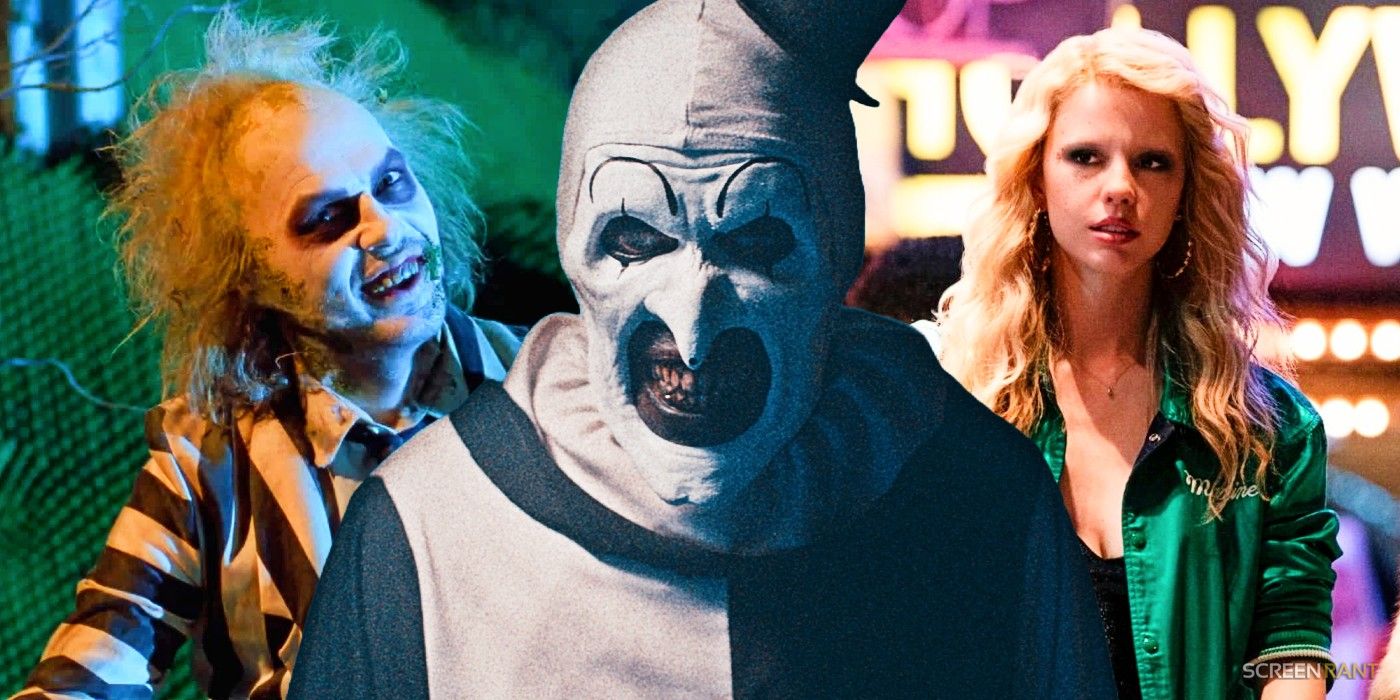
Related
Every Horror Movie Releasing In 2024
2024’s horror movies include sequels like Beetlejuice 2 and MaXXXine and new movies by Robert Eggers and M. Night Shyamalan. Here’s when they release.
11 Saló (1975)
Victims Are Lynched, Scalped, & Burned Alive
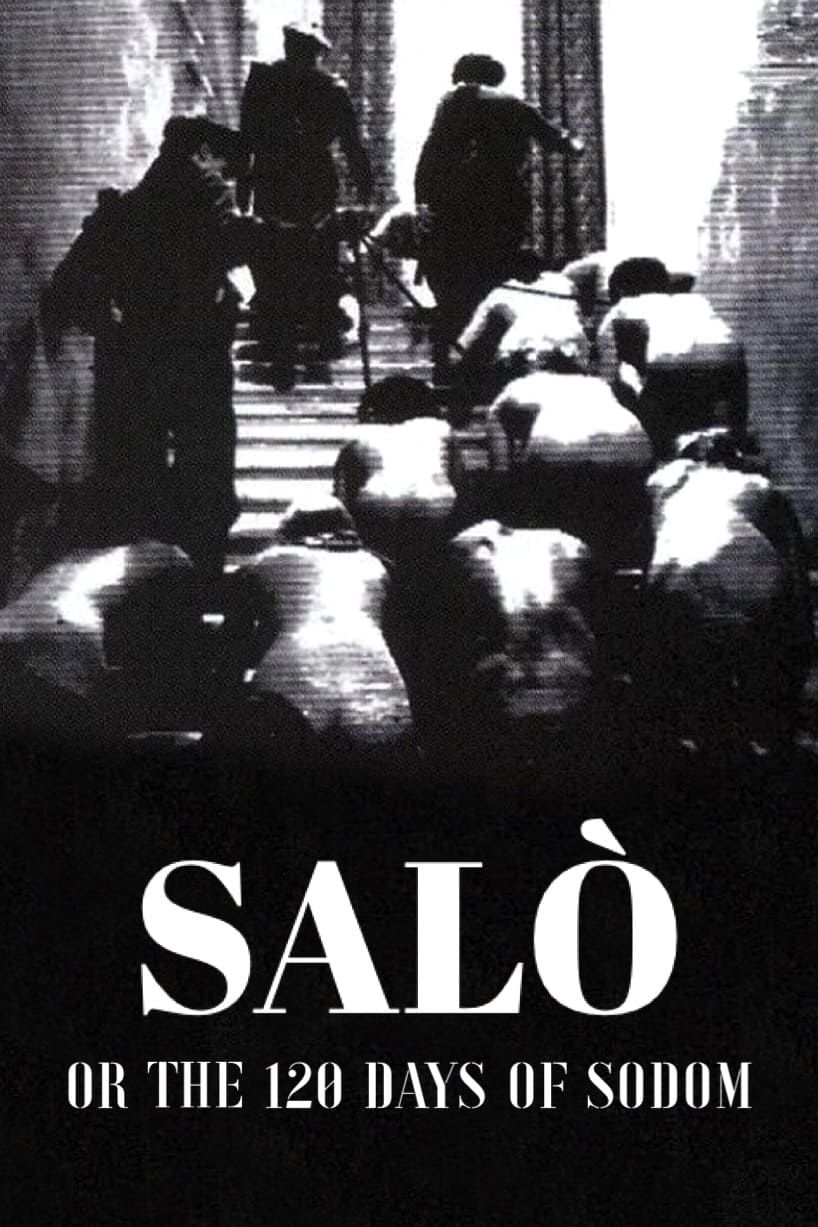
Salò, Or The 120 Days Of Sodom (1975)
- Director
- Pier Paolo Pasolini
- Release Date
- November 23, 1975
- Cast
- Paolo Bonacelli , Giorgio Cataldi , Uberto Paolo Quintavalle , Aldo Valletti , Caterina Boratto , Elsa De Giorgi , Hélène Surgère , Sonia Saviange
- Runtime
- 116 Minutes
This controversial film from director Pier Paolo Pasolini is based on the Marquis de Sade’s most subversive and political novel, The 120 Days of Sodom, adapted to be set in WWII’s fascist Republic of Salo. In the disturbing movie, four powerful men, a Duke, Bishop, Magistrate, and President, lock themselves in a castle and torture people they have ordered soldiers to kidnap as the film explores themes of fascism, capitalism, authoritarianism, and institutions of power.
Even the “tamer” early scenes in Salo are absolutely brutal, but the final segment, Circle of Blood, escalates the violence as the victims are scalped, lynched, burned alive, and branded with hot irons. In a bizarre twist, the film ends by showing two soldiers dancing with one another, taking a moment to appreciate beauty with no regard for the executions taking place.
10 Misery (1990)
Annie Performs A Brutal Procedure Known As “Hobbling”
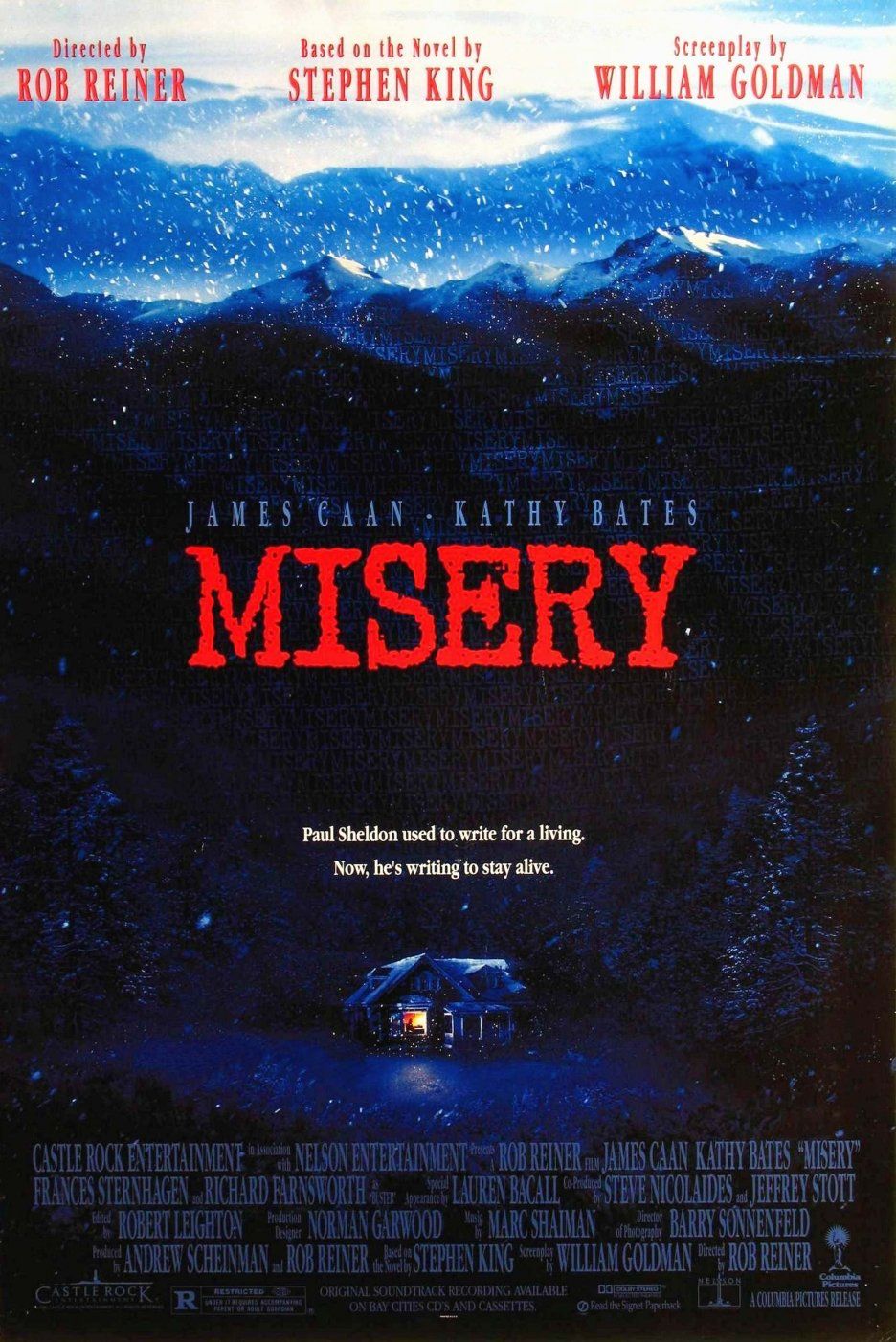
Misery
Based on the Stephen King novel, Misery is a 1990 horror movie centered around fictional writer Paul Sheldon (James Caan), who gets trapped by his biggest fan, Annie Wilkes (Kathy Bates), who tortures him until he rewrites the finale of his famous novels.
- Director
- Rob Reiner
- Release Date
- November 30, 1990
- Runtime
- 107 minutes
Before performing it on Paul (James Caan), Annie (Kathy Bates) describes a procedure used to prevent mine workers from running away, setting up the brutal torture the audiences are about to witness. Paul is a novelist who spins his car off the road in a blizzard before he’s rescued and nursed back to health by Annie, who’s a huge fan of his work in the Stephen King adaptationMisery. After Sheldon realizes how dangerous Annie is, he attempts to escape.
When Annie catches him, she places a wood block between his feet, then smashes both of his ankles with a sledgehammer in a procedure called “hobbling.” Through the stark, unflinching depiction of “hobbling, the film symbolizes the extent of Annie’s control over Paul, both physically and mentally, trapping him in a cycle of dependency and fear. This moment encapsulates the film’s exploration of fanaticism, captivity, and the terrifying aspects of human obsession.
Kathy Bates won an Oscar for her role in
Misery
.
9 Zero Dark Thirty (2012)
A Terrorist Is Waterboarded For Information By The CIA
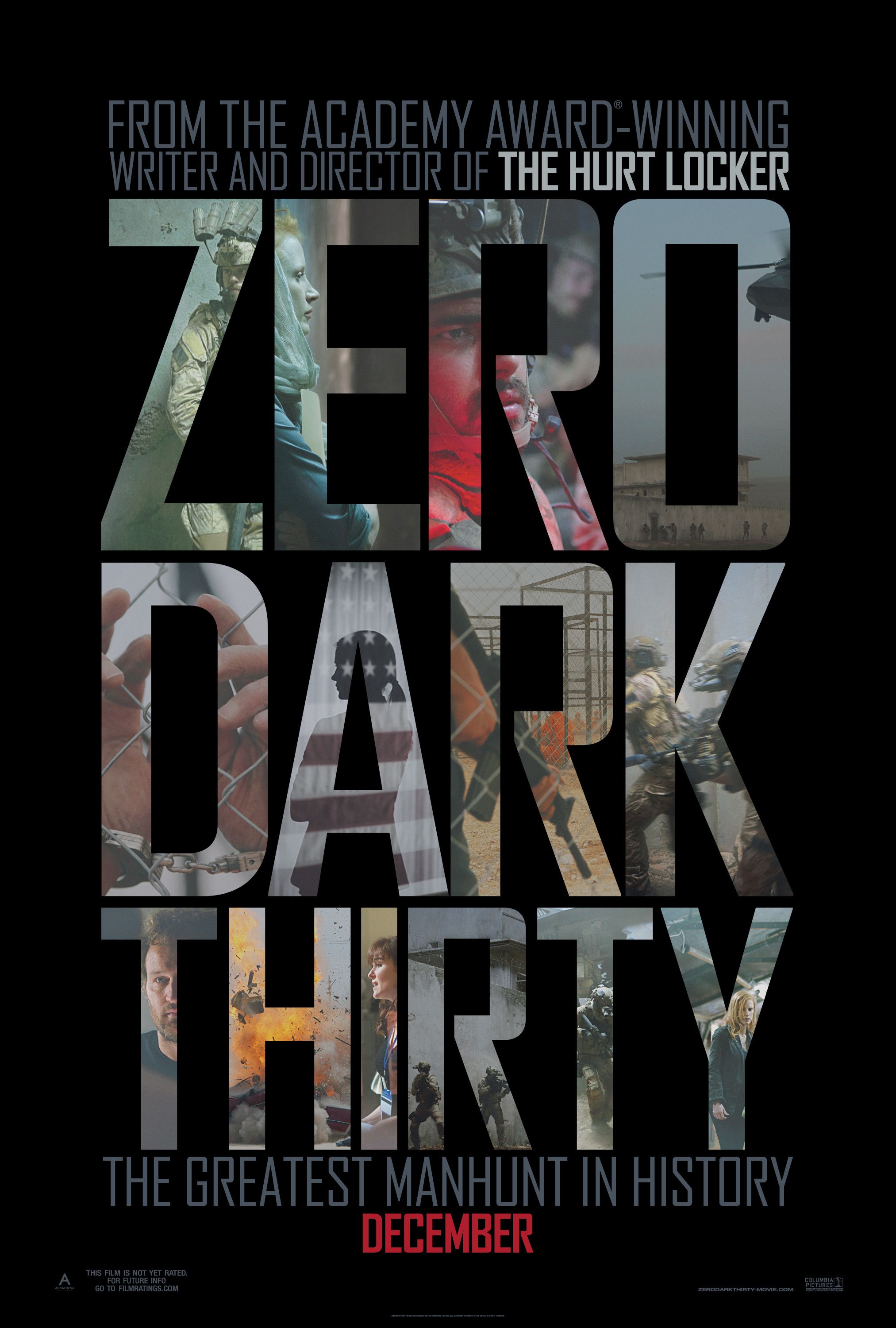
Zero Dark Thirty
From Academy Award-Winning director Kathryn Bigelow, Zero Dark Thirty is a fictionalized dramatization of the manhunt for Osama bin Laden after the September 11th attacks. Jessica Chastain stars as Maya Harris, a CIA analyst tasked with locating bin Laden in order for the US Government to assassinate him. Jason Clarke, Joel Edgerton, and Mark Strong also star.
- Director
- Kathryn Bigelow
- Release Date
- December 19, 2012
- Cast
- Joel Edgerton , Jessica Chastain , Jason Clarke , Kyle Chandler , Chris Pratt2 , Jennifer Ehle
- Runtime
- 157minutes
In the Oscar-winning movie following the US military’s decade-long hunt for al-Queda terrorist leader Osama bin Laden after he orchestrates the 9/11 attacks, no sequence is tougher to watch than the scene in which a terrorist is waterboarded for information by the CIA. Expertly shot in a way that doesn’t sympathize with the terrorist or his interrogators, the unflinching realism in Zero Dark Thirty drew criticism from the US government, who claimed they only used “enhanced interrogation techniques,” and that the waterboarding and torture depicted was fabricated.
Despite this controversy, the scene remains a powerful cinematic moment, raising profound questions about the ethical implications of using such methods for intelligence gathering. By presenting the interrogation in a manner that eschews easy moral judgments, the Zero Dark Thirty true story invites viewers to grapple with the uncomfortable realities of modern warfare and espionage, challenging them to consider the cost of security and the moral compromises that might entail.
8 Marathon Man (1976)
A Nazi Dentist Uses His Tools For A Nightmarish Oral Interrogation
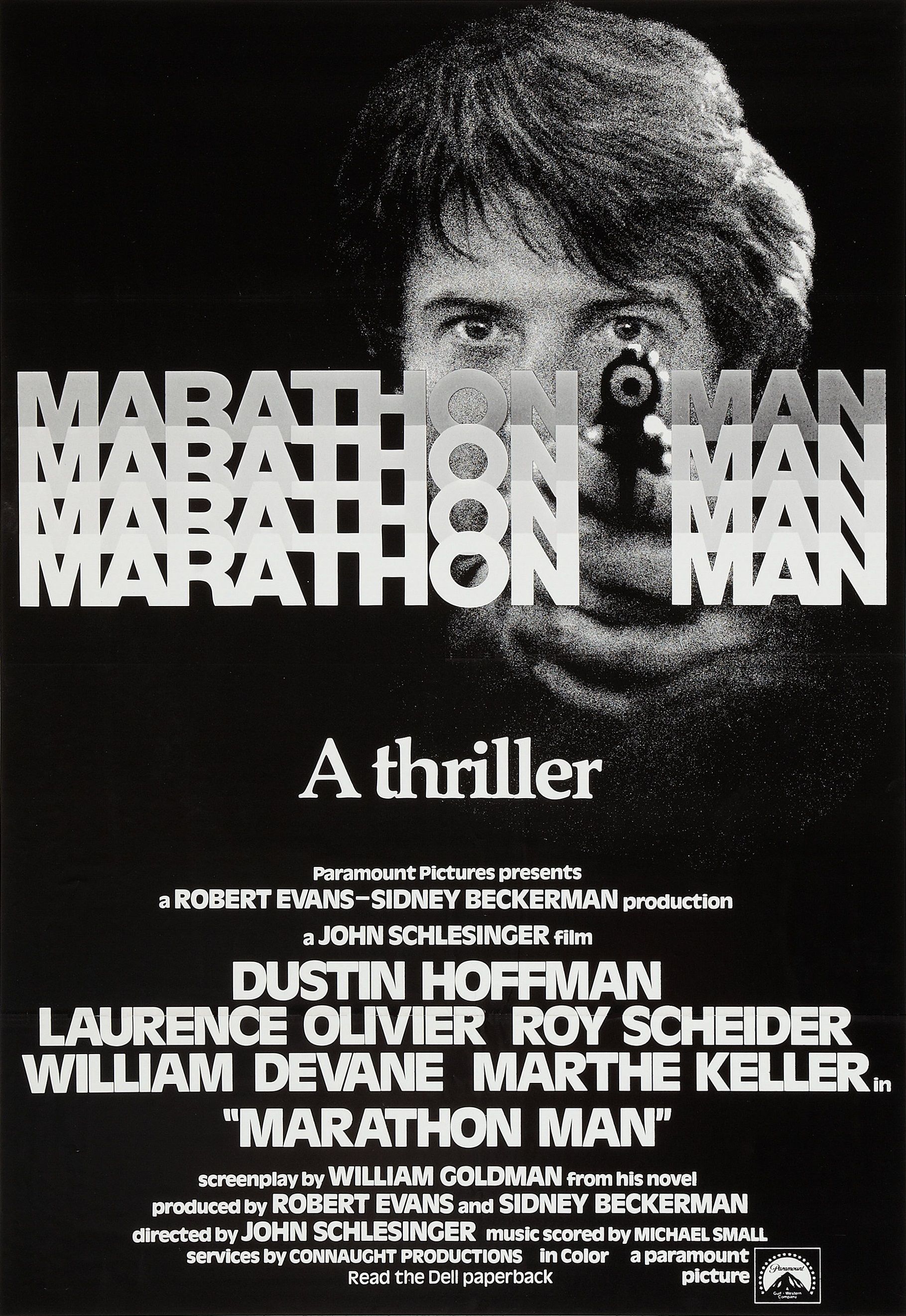
Marathon Man
- Director
- John Schlesinger
- Release Date
- October 8, 1976
- Cast
- Dustin Hoffman , Laurence Olivier , Roy Scheider , William Devane , Marthe Keller , Fritz Weaver
- Runtime
- 125 minutes
An interesting and under-watched genre-bending story from legendary writer William Goldman (The Princess Bride, All the President’s Men), Marathon Man follows New York City Ph.D. student Thomas Levy (Dustin Hoffman), who becomes involved in an international stolen diamond conspiracy after reuniting with his government agent brother (Roy Scheider). No one likes going to the dentist, but everyone’s worst nightmare plays out when Levy is strapped to a chair at the hands of former dentist and Nazi war criminal Szell (Laurence Olivier) in an oral interrogation scene that will give audiences toothaches.
This scene transcends the common fear of dental visits, elevating it to a palpable nightmare as Szell uses his professional tools not for healing but as instruments of torture. It’s not just the physical agony inflicted upon Levy that disturbs, but the menacing calmness of Szell as he probes not just Levy’s mouth but his deepest fears. This moment epitomizes the film’s ability to merge personal phobias with broader themes of trust, betrayal, and the lingering shadows of history.
7 Casino (1995)
Nicky Puts A Man’s Head In A Bench Vice
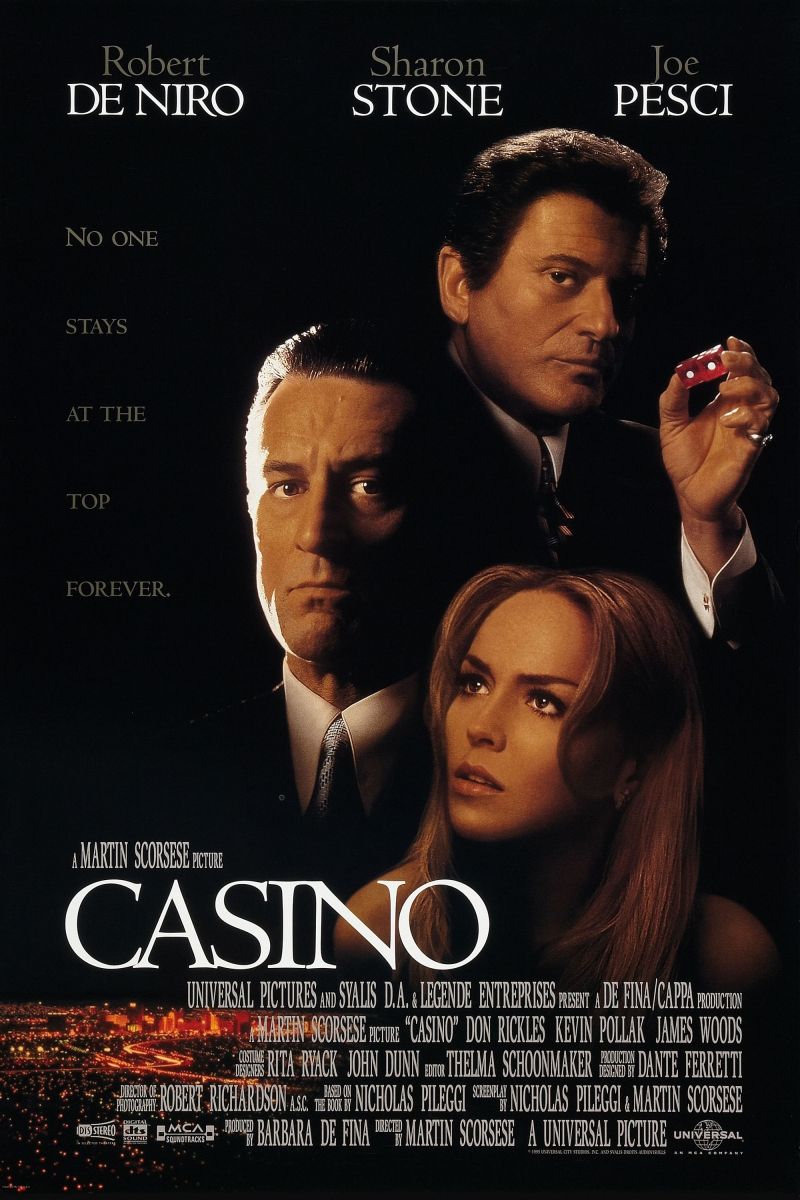
Casino
Casino is a 1995 crime drama starring Robert De Niro, Sharon Stone, Joe Pesci, and James Woods. The film is based on the book Casino: Love and Honor in Las Vegas by Nicholas Pileggi and centers on Sam ‘Ace’ Rothstein (De Niro), who is asked to run the Tangiers Casino in Las Vegas.
- Release Date
- November 22, 1995
- Cast
- Robert De Niro , Sharon Stone , Joe Pesci , James Woods , Frank Vincent , Pasquale Cajano
- Runtime
- 178 minutes
Director Martin Scorsese has never shied away from violence in his movies, and one of his most gruesome scenes comes during a head-pounding interrogation in Casino. When mob enforcer Nicky Santoro (Joe Pesci) is unable to get a name he needs out of an Irish rival gangster after two days and nights of hurting the man, Nicky resorts to his most brutal move – putting the man’s head in a bench vice and squeezing.
This moment in
Casino
is emblematic of Martin Scorsese’s ability to explore the depths of human depravity and the dark underbelly of American life.
This moment in Casino is emblematic of Martin Scorsese’s ability to explore the depths of human depravity and the dark underbelly of American life, particularly within the context of organized crime, which is Scorsese’s MO. It’s not just the act of violence that unsettles but the cold, methodical manner in which it’s executed, highlighting the dehumanization and moral decay inherent in the world Nicky inhabits.
The MPAA was originally rated NC-17.
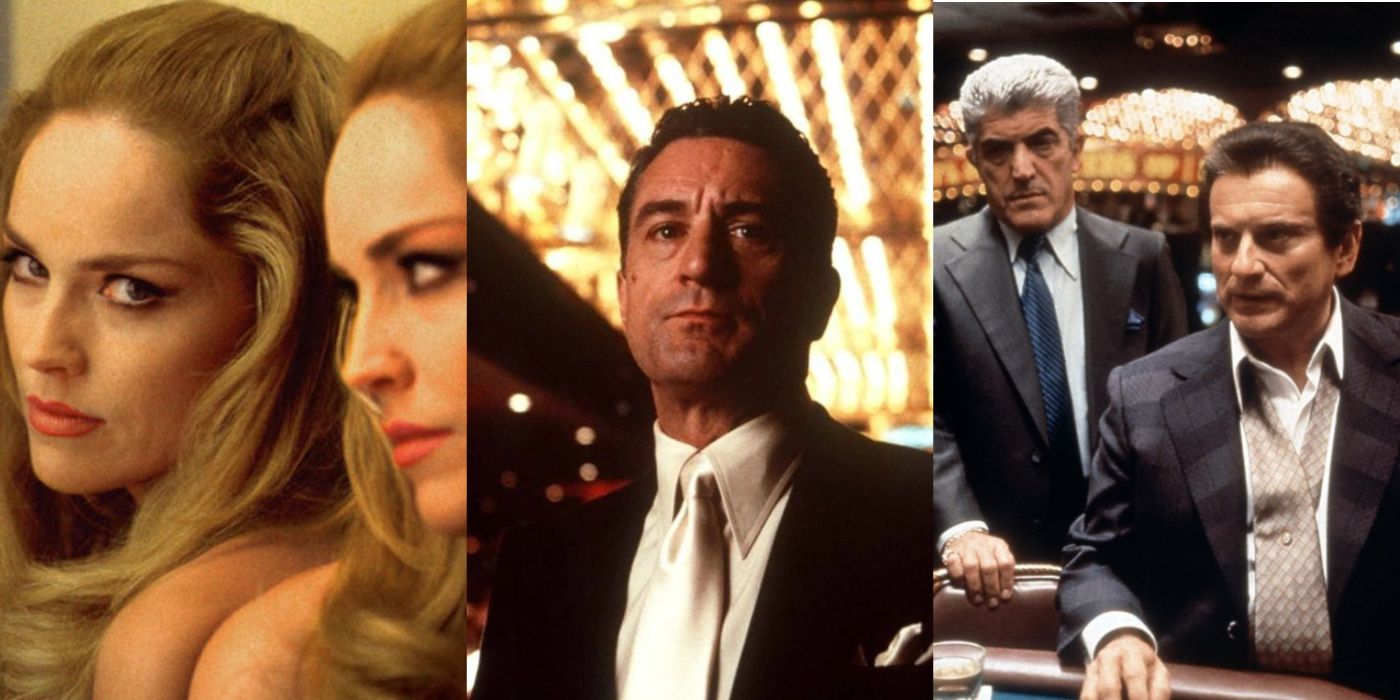
Related
10 Ways Casino Is Actually Better Than Goodfellas
Goodfellas and Casino are two of Martin Scorsese’s most beloved films, but these are 10 reasons why Casino is the superior film.
6 Saw (2004)
Amanda Digs Around Her Cellmate’s Stomach To Retrieve A Key
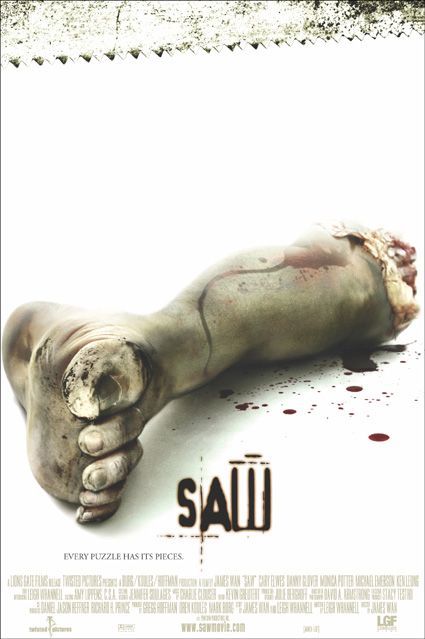
Saw
Saw is a horror film directed by James Wan. The story follows two men who awaken in a dilapidated bathroom, chained at opposite ends, and discover they are pawns in a deadly game orchestrated by a serial killer known as Jigsaw. As they struggle to survive, they learn the harsh consequences of their past actions. The film features complex puzzles and a dark atmosphere, contributing to its critical and commercial success.
- Release Date
- October 1, 2004
- Cast
- Cary Elwes , Leigh Whannell , Danny Glover , Monica Potter , Ken Leung
- Runtime
- 103 Minutes
Fans could spend days making their skin crawl with the ten-movie Saw franchise’s elaborate torture scenes, which provide dozens of examples that qualify for this list, but none more iconic than the first movie’s Reverse Beartrap. In a flashback recounted by Amanda (Shawnee Smith) helping the police, she recalls her encounter with the serial killer Jigsaw (Tobin Bell). This involved her retrieving a key from her cellmate’s stomach to unlock the large metal device attached to her head, which is rigged to rip her jaw open when its timer expires.
The Reverse Beartrap scene serves as a chilling reminder of Jigsaw’s twisted logic: that appreciating life’s value sometimes requires facing death in its most horrifying forms. As such, this iconic moment from the first Saw movie resonates as a profound commentary on human resilience and the perverse extremes to which individuals will go to cling to existence, setting the tone for a franchise that continually explores the darkest corners of human psychology and the grim possibilities of punishment and redemption.
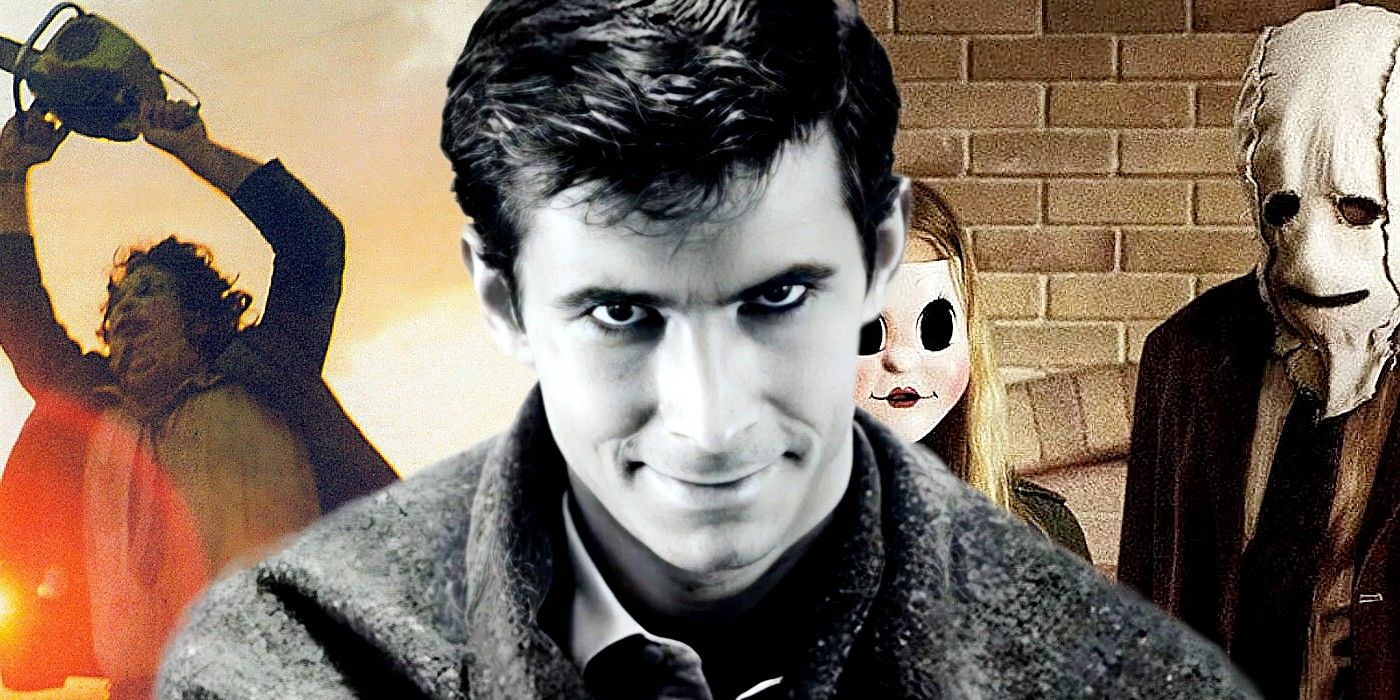
Related
40 Terrifying Horror Movies That Aren’t Paranormal
Instead of featuring some kind of demon, zombie, or otherworldly creature, these movies show that real people are sometimes the scariest monsters.
5 Oldboy (2013)
A Man’s Throat Is Cut Open By A Box Cutter
Chan-wook Park’s original Oldboy had a memorable torture scene in which its main character removes his captor’s teeth with the claw side of a hammer. However, while Spike Lee’s Oldboy remake was disappointing, it became more gruesome with his version of the scene in 2013. When Joe (Josh Brolin) captures the man (Samuel L. Jackson) who confined him in a room for 20 years, he takes his time exacting revenge.
Joe begins by drawing a dotted line across the man’s neck and, using a box cutter, then follows the dashes. Lee’s adaptation, through this moment, confronts viewers with the uncomfortable truth about the cyclical nature of violence and the corrosive effect it has on the soul. The meticulousness of the act, paired with the symbolic use of the box cutter, reflects a departure from impulsive violence towards a more premeditated and psychologically tormenting form of punishment.
4 A Clockwork Orange (1971)
Alex Is Forced To Watch Violent Montages While Being Administered Drugs
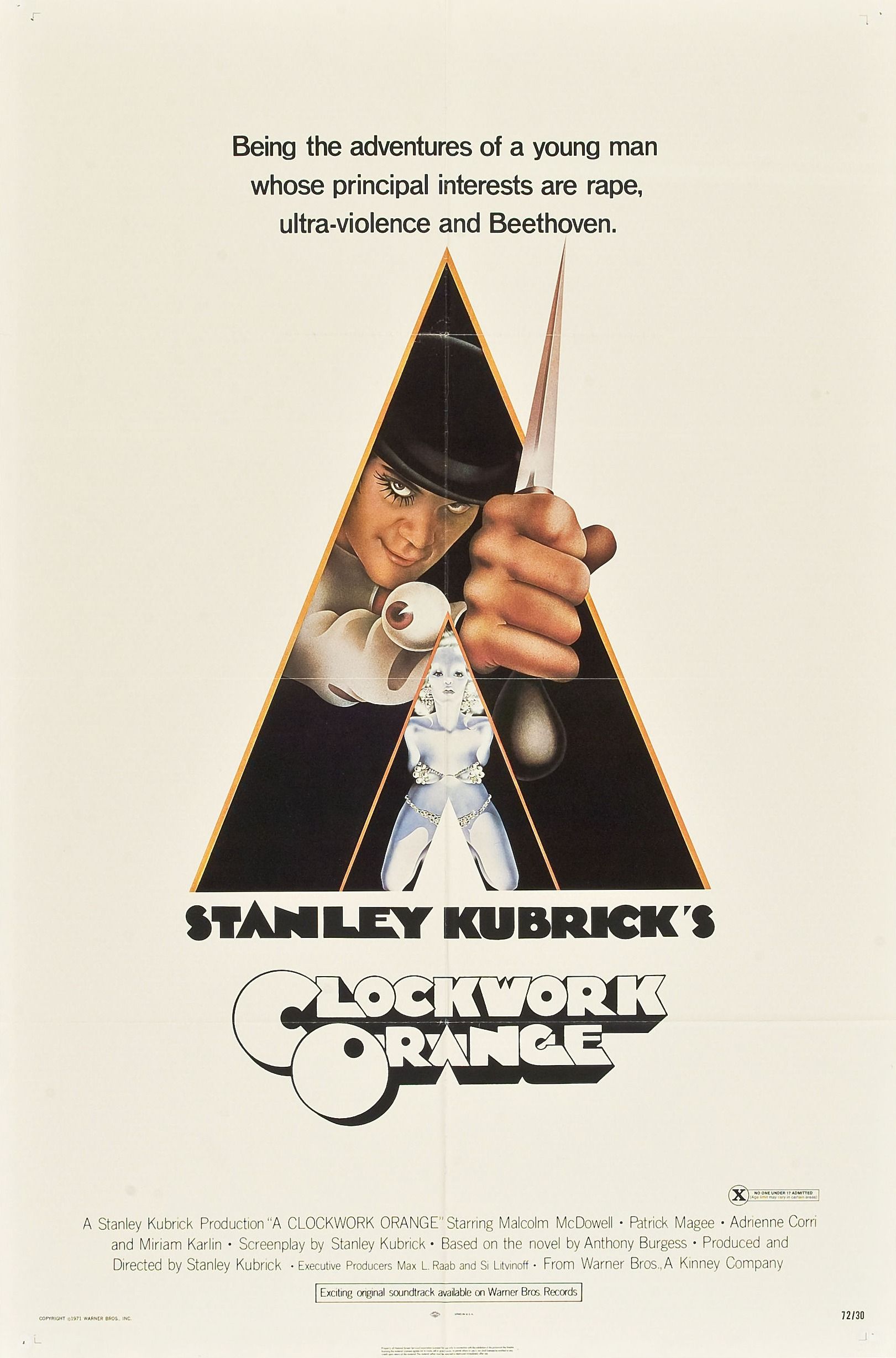
A Clockwork Orange
Directed by Stanley Kubrick, the film adaptation of Anthony Burgess’s 1962 dystopian novel A Clockwork Orange presents a dark future where violent gangs roam the streets. Alex DeLarge (Malcolm McDowell) is a sadistic gang member who gets arrested and subjected to a controversial form of behavior therapy.
- Release Date
- December 19, 1971
- Cast
- Malcolm McDowell , Patrick Magee , Michael Bates , Warren Clarke , John Clive , Adrienne Corri
- Runtime
- 136 minutes
Only Stanley Kubrick could film a torture scene so brutal that it permanently damaged his actor’s eye and required a doctor’s participation to ensure safety. A Clockwork Orange follows delinquent Alex (Malcolm McDowell), who enters an experimental rehabilitation program instead of prison. Alex’s treatment involves him being strapped to a chair with his eyes forced open to watch montages of violence while being administered a drug that induces violent illness. The intention is to condition him to be repulsed by crime, but the therapy yields unexpected consequences.
The intensity of this scene is not solely in its visual brutality or the physical toll it takes on Alex, but in the profound ethical questions it raises about the nature of punishment and rehabilitation. This scene’s lasting impact lies in its chilling portrayal of the state’s power to alter an individual’s fundamental nature under the guise of societal protection. A Clockwork Orange thereby presents a dystopian vision where the line between curing delinquency and eradicating free will becomes dangerously blurred.
3 Reservoir Dogs (1992)
A Police Officer’s Ear Is Sliced Off With A Razor
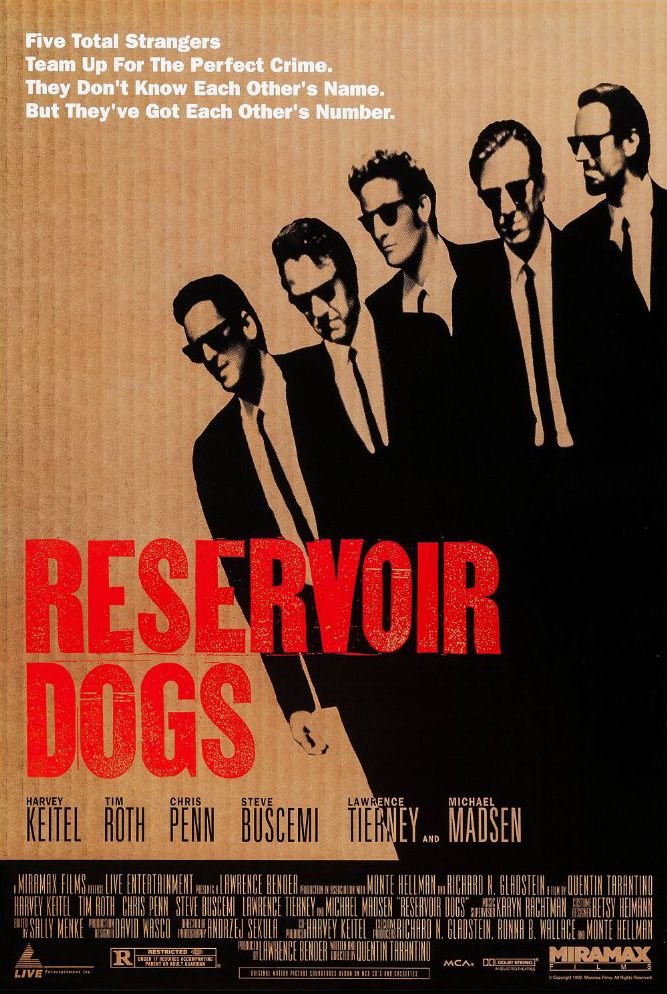
Reservoir Dogs
Quentin Tarantino’s feature-length debut Reservoir Dogs is an ensemble movie starring Harvey Keitel, Michael Madsen, Tim Roth, Steve Buscemi, Lawrence Tierney, Chris Penn, and Edward Bunker. The 1992 film centers around a group of criminals who begin to suspect one of them is an undercover cop when their supposedly perfect diamond heist goes wrong.
- Release Date
- October 9, 1992
- Runtime
- 99 minutes
A scene so iconic that it’s impossible to hear “Stuck in the Middle With You” by Stealer’s Wheel without visualizing Reservoir Dogs, the torturing of a kidnapped police officer (Kirk Baltz) by Mr. Blonde (Michael Madsen) is especially tough to watch because the camera angle puts the viewer in the officer’s perspective. A scene that begins with Mr. Blonde telling his victim that he’s going to torture him not for information, but because it’s amusing, culminates in the officer’s ear being sliced off with a straight razor, all while the sadistic Blonde playfully dances to ’70s music.
Moreover, this iconic sequence speaks to broader themes within Tarantino’s work, such as the blurred lines between entertainment and violence, and the role of the viewer in the consumption of such content. By embedding a familiar song into a context of extreme violence, Tarantino alters the cultural memory associated with that music, challenging audiences to reconsider the relationship between medium and message.
2 Hostel (2005)
Kana’s Semi-Detached Eyeball Gets Completely Ripped Off
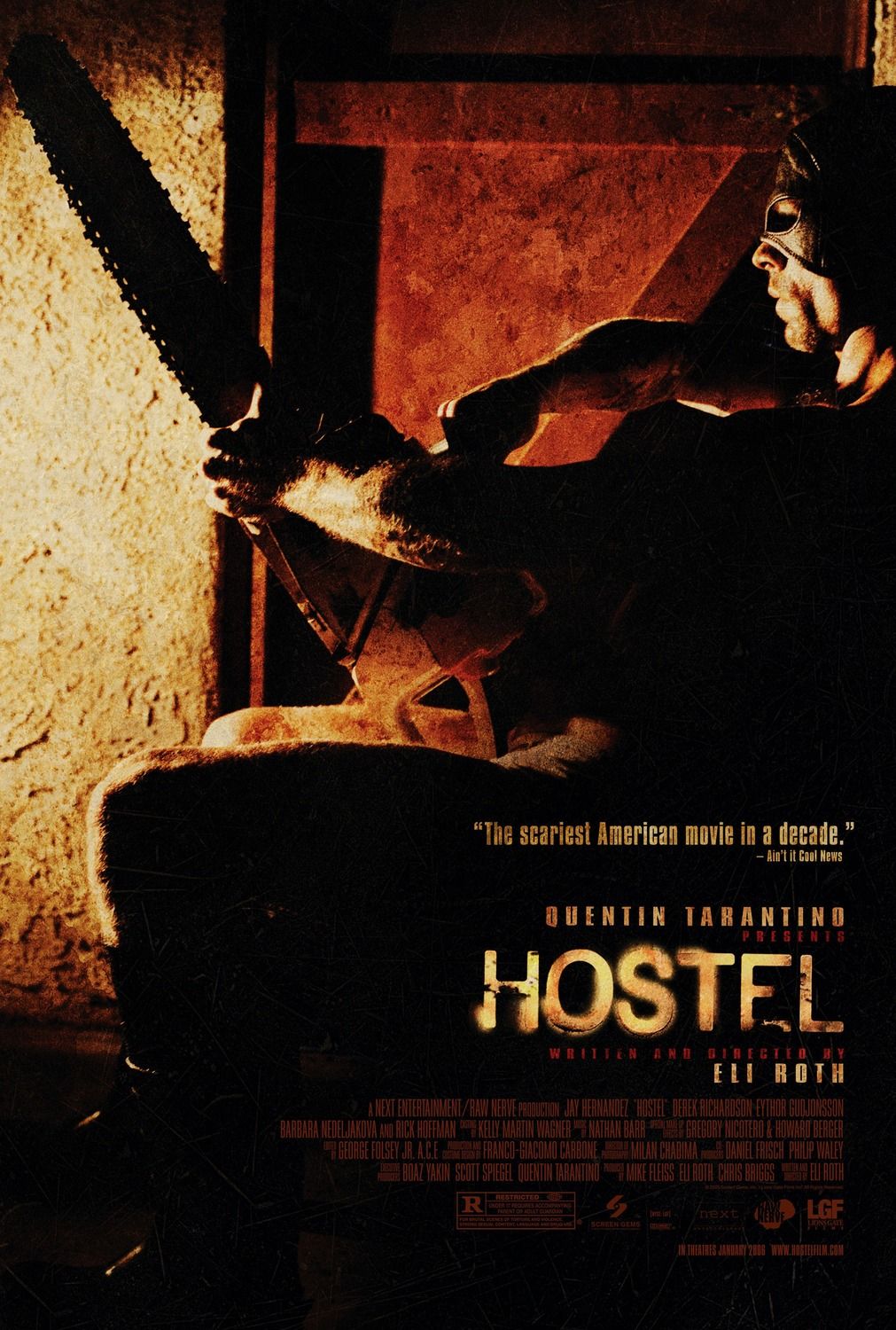
Hostel
- Director
- Eli Roth
- Release Date
- January 6, 2006
- Cast
- Jay Hernandez , Derek Richardson , Eythor Gudjonsson , Barbara Nedeljakova , Jan Vlasák , Jana Kaderabkova
- Runtime
- 94 minutes
While Taken made audiences wary of European travels, three years earlier, Eli Roth shocked audiences with his story of three Americans taken hostage while backpacking in Europe in the first installment of the torture-filled Hostel trilogy. Just as Paxton (Jay Hernandez) has escaped a torture dungeon, he turns back to save a girl he hears screaming. He walks in on Kana (Jennifer Lim) having her eye removed. After killing her torturer, Paxton must save Kana by completely removing her semi-detached eyeball, resulting in a stomach-churning scene that is difficult to forget.
Roth uses this moment to question the nature of voyeurism and the ethical limits of cinematic violence, prompting a deeper reflection on the role of the viewer in the consumption of horror. The film’s exploration of these themes, through scenes like the eye removal, solidifies its place in horror cinema as a work that not only evokes fear but also provokes thought on the complexities of human nature.
A
Hostel
TV series is currently in the works.

Related
30 Best Horror Movies About A Group Of Friends
Many horror films feature groups of friends fighting a killer or supernatural force, and Redditors share their faves, like Scream and The Descent.
1 Audition (1999)
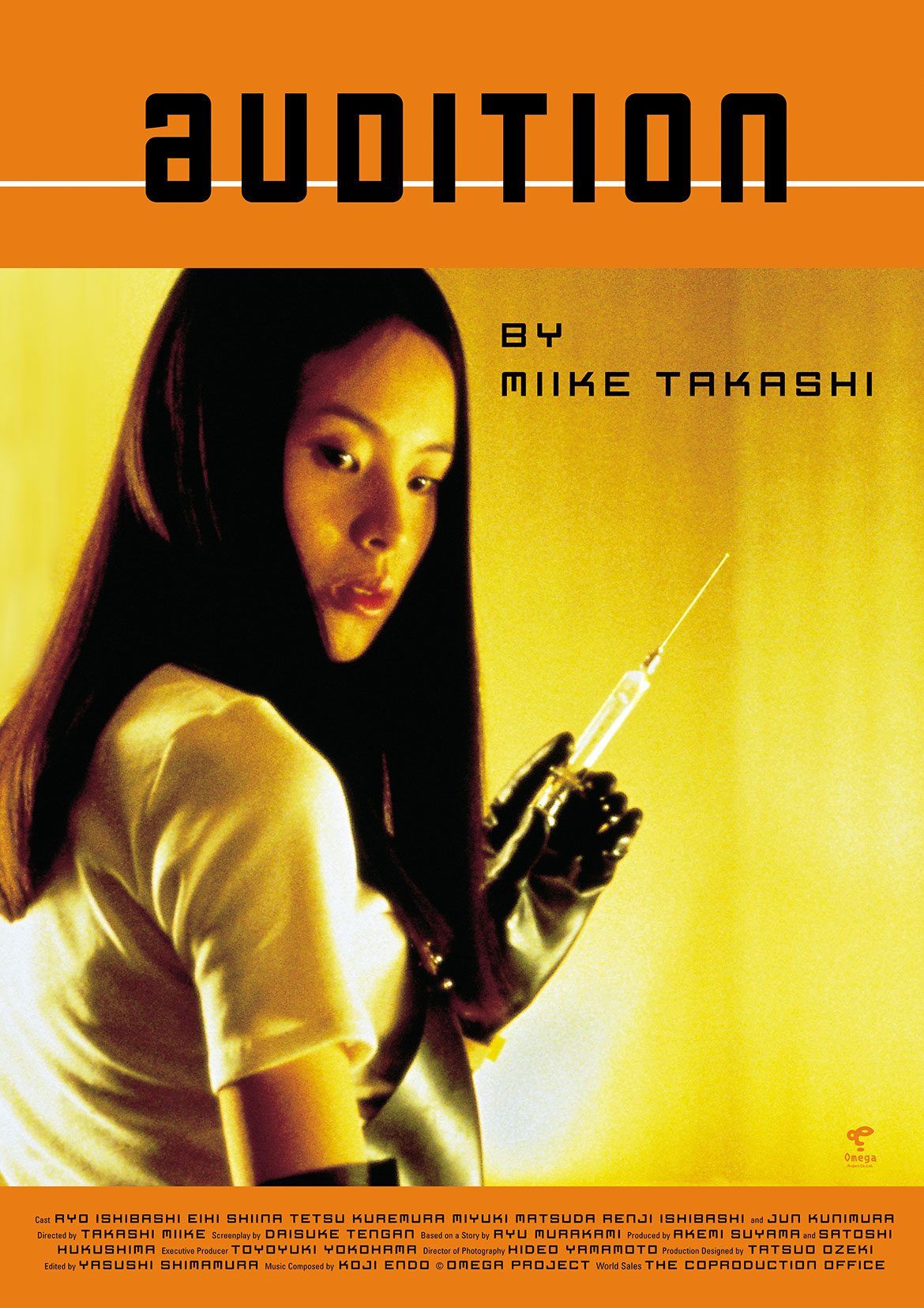
Audition
Widower Shigeharu Aoyama holds a mock audition to find a new wife, captivated by the mysterious Asami. Their budding romance takes a dark turn as Asami’s true, disturbing nature is revealed. The story descends into a chilling exploration of obsession, deception, and unimaginable horror.
- Director
- Takashi Miike
- Release Date
- March 3, 2000
- Writers
- Daisuke Tengan
- Cast
- Miyuki Matsuda , Eihi Shiina , Tetsu Sawaki , Jun Kunimura , Ryo Ishibashi
- Runtime
- 115 minutes
Takashi Miike has directed over 100 movies since his 1991 debut, and none are as brutal as
Audition
(1999).
Takashi Miike has directed over 100 movies since his 1991 debut, and none are as brutal as Audition (1999). After Shigeharu (Ryo Ishibashi) loses his wife, his filmmaking friend, Yasuhisa Yoshikawa (Jun Kunimura), tries to cheer him up by holding a mock casting call where women “audition” to be Shigeharu’s new wife. Shigeharu is smitten by Asami (Eihi Shiina), who turns out to be a serial killer.
After paralyzing Shigeharu, Asami inserts needles all over his body, including his eyes, as she works towards her big finish of sawing his foot off with a wire. Miike’s film remains a seminal work in the horror genre, not just for its unflinching portrayal of physical torment, but for its profound psychological impact, leaving an indelible mark on the viewer’s psyche and setting a benchmark for the depiction of horror and suspense in cinema and torture scenes in movies.



